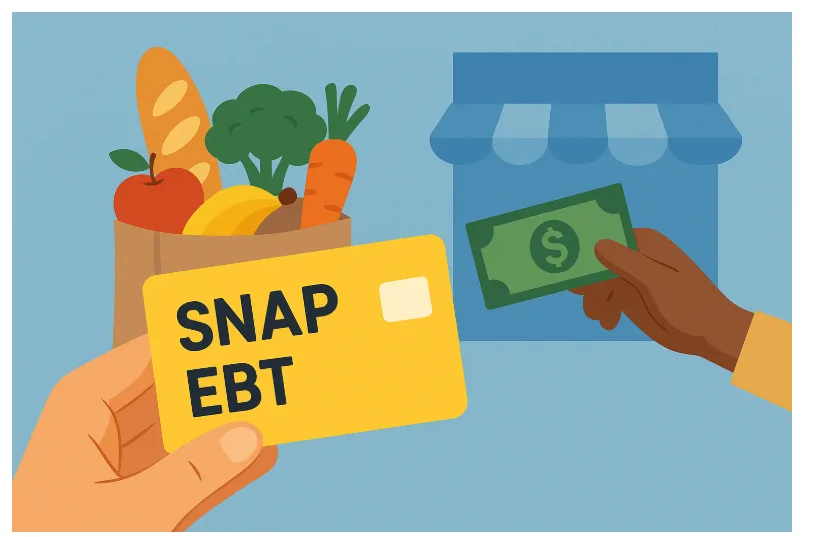What’s Going On with EBT and SNAP Right Now (and Why It Matters for Small Businesses)

Across the country, millions of Americans rely on SNAP and EBT programs to put food on the table. As 2025 draws to a close, those programs are again facing uncertainty due to federal funding delays, policy shifts, and administrative challenges that could ripple through communities and small businesses alike.
Funding Delays and Federal Tension
Ongoing federal budget negotiations have put the Supplemental Nutrition Assistance Program in a precarious position. Several states, including Illinois, have warned residents that their benefits might be delayed if Congress fails to finalize funding. The U.S. Department of Agriculture has confirmed it can use contingency reserves to issue partial payments, but those funds are temporary.
Such delays don’t just affect households; they influence local economies. Grocery stores, markets, and convenience retailers often see spending dips when benefit cycles pause. Once funds finally arrive, sales spike — creating unpredictable highs and lows that make it difficult for small businesses to manage staffing and inventory.
Policy Shifts Reshaping Access
While funding challenges dominate headlines, policy changes are quietly reshaping how assistance works. Some states have reinstated stricter work requirements for able-bodied adults without dependents. Others are reducing maximum allotments, citing cost pressures from the federal budget gridlock.
Because SNAP and EBT are federally guided but administered at the state level, these changes vary widely. Certain states are offering temporary relief funds, while others are tightening eligibility criteria to manage program costs. The result is a patchwork system where benefits look different depending on where recipients live.
Impact on Businesses
When benefit amounts or timing shift, household spending adjusts immediately. Families may buy only essentials or postpone larger purchases until benefits reload. Businesses serving these communities feel the effects almost overnight. Retailers in lower-income areas often see fluctuating traffic tied directly to payment release dates.
Some merchants have found that offering multiple payment options helps stabilize sales. That includes accepting cash-based benefits that are distributed through the same electronic system as SNAP. Many consumers don’t realize that Electronic Benefit Transfer cards can also hold funds from separate programs offering direct cash assistance. A detailed look at EBT Cash and how it functions explains how those payments differ from food-only benefits and how they can provide more consistent flexibility for both recipients and retailers.
Steps for Business Owners
Adapting to these shifts doesn’t require major changes, but it does demand awareness. Monitoring local benefit deposit schedules can help predict busy and slow periods. Communicating with employees about potential delays ensures smoother service and reduces confusion at checkout.
Offering alternative payment options — especially for households that receive multiple types of assistance — can make a business more resilient. Keeping current with state and federal guidelines is also essential, as compliance requirements evolve alongside policy updates.
Looking Ahead
If the federal funding stalemate continues, states may face additional strain early next year. Some are considering supplemental emergency payments to fill short-term gaps, though those measures are unlikely to be permanent. In the long run, policymakers are discussing ways to modernize benefit systems, such as linking EBT cards with digital wallets and simplifying renewal processes.
For businesses, these conversations underscore the need for flexibility. Understanding how benefit programs work — and anticipating how policy changes affect customer behavior — helps local stores maintain stability even in unpredictable conditions.
The Broader Picture
SNAP and EBT remain pillars of support for millions of households, and they play a quiet but critical role in sustaining small-business revenue. When benefits flow consistently, local economies thrive; when they falter, the ripple effects are felt across every checkout counter.
By staying informed and recognizing how various types of EBT assistance interact, business owners can better navigate the current landscape and prepare for whatever comes next. As the system evolves, those who understand its moving parts — from food benefits to cash-based aid — will be best positioned to serve their communities and maintain steady growth.
